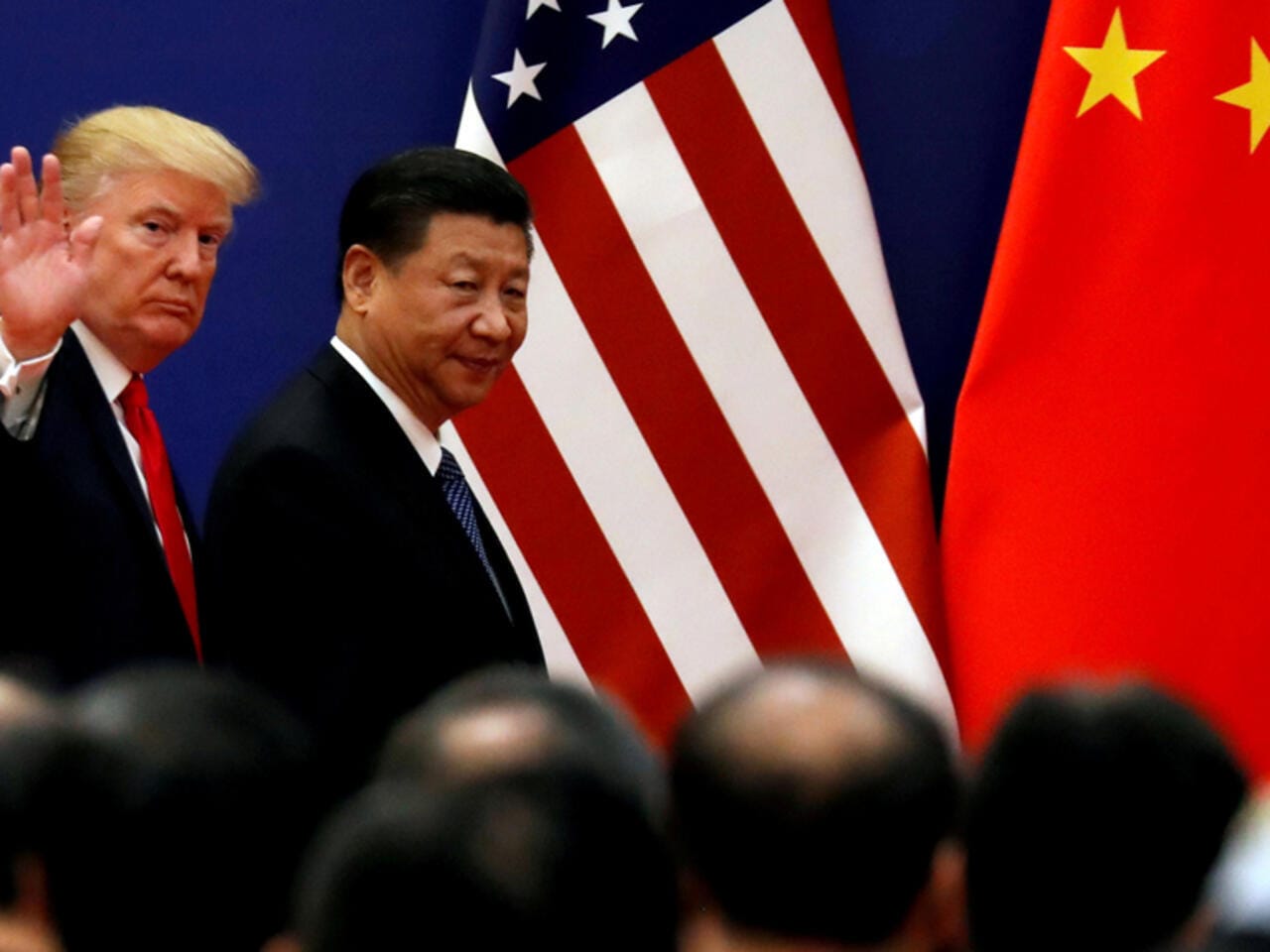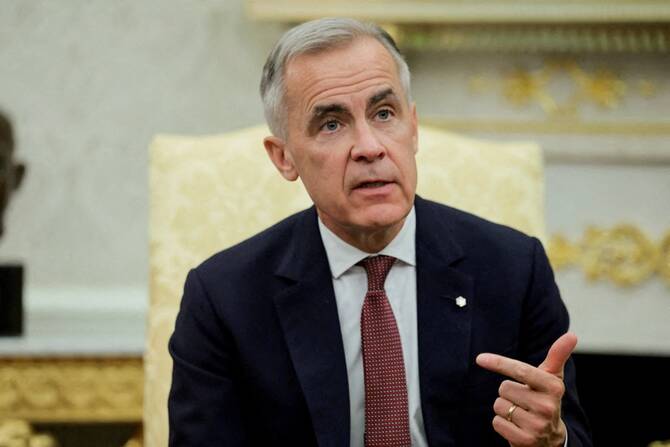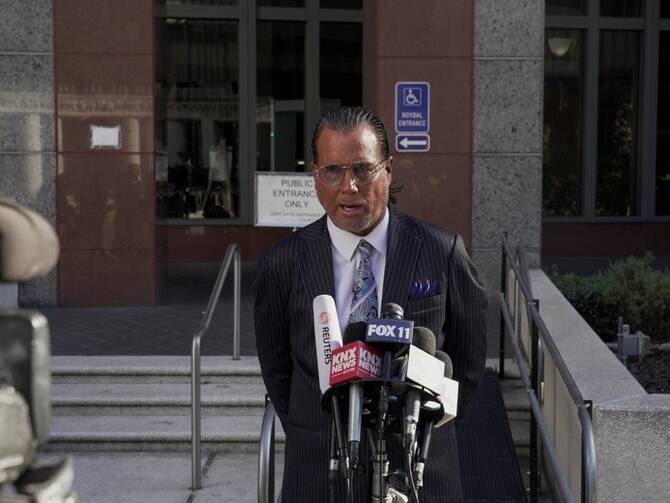The Problem Was Never Just China
Tariffs may feel like action, but they are not strategy. They are political theater, not economic vision.

As the world reacts to President Trump’s new "Liberation Day" tariffs, a familiar story is being told again: that bold action is finally being taken to stop the exploitation of one nation by foreign powers, particularly China. Supporters celebrate the tariffs as a return to economic sovereignty, a leveling of the playing field, and a revival of national greatness. But this narrative is a convenient illusion, one that ignores the deeper truths about how this situation emerged—and what it will really take to fix it.
The so-called deindustrialization of the United States was not forced by foreign powers. It was a choice—calculated and deliberate. In the late 20th century, industrial capacity was offshored, lured by the promise of cheap labor abroad and higher corporate profits. China became the ideal partner: vast labor pools, low costs, minimal environmental regulations, and a government eager to accommodate. In return for quarterly gains, production was handed over, while policymakers embraced a new vision of a "post-industrial" economy driven by technology, finance, and services.
At the time, there was no serious competition in the tech sector. Silicon Valley was booming, capital markets were soaring, and the promise of the internet painted a future of boundless innovation. The idea was that factories were obsolete—the future lay in code, capital, and consumption.
But China was never content to remain the world’s factory. It learned, copied, adapted, and rose. And now, after decades of strategic short-sightedness, there is economic dependence, geopolitical vulnerability, and social fragmentation. This is not China’s fault. This is the consequence of decisions made internally.
The solution is not to retreat into economic nationalism or reactionary trade wars. It is not to impose tariffs and declare premature victories. It is to do the hard work of addressing what is broken at home.
It begins with education. No nation can succeed in today’s global economy with a workforce that lacks the training, support, and recognition it needs. Education must prepare people not just for elite professional careers, but for the full range of jobs that drive economic progress—from advanced manufacturing to technical trades and essential services. The recent delay in launching a major semiconductor facility in Arizona due to a shortage of skilled local workers (TSMC, 2023) is a telling example of how critical the skills gap has become. Everyone, not just the privileged few, should be equipped to contribute meaningfully to a modern economy.
It requires ending the culture of political corruption that allows short-term profits to dictate long-term policy. Institutions must serve citizens, not just lobbyists and donors. Real reform means transparency, ethics enforcement, and accountability. According to a 2022 Pew Research Center survey, 76% of Americans believe that political corruption is a major problem, reflecting widespread demand for institutional integrity.
It demands a renewed respect for work—not just in tech or white-collar careers, but in trades, manufacturing, caregiving: the backbone of any functioning economy. That means fair wages, protections for workers, and dignity in labor.
And it requires moving beyond the illusion that progress can be achieved by building walls—whether economic, digital, or ideological. In an interconnected world, resilience comes not from isolation, but from thoughtful, forward-looking investment.
Tariffs may feel like action, but they are not strategy. They are political theater, not economic vision. And comparisons to Nixon’s 1971 economic policy shift—when he ended the gold standard and imposed temporary tariffs—are misleading. That moment occurred in a fundamentally different global financial system, before the rise of complex global supply chains and digital economies. Historical analogies are useful, but only when the underlying conditions match. In this case, they do not.
If there is a serious intention to rebuild and renew, the first step is to stop blaming others for structural weaknesses—and start addressing the roots of the problem with clarity and resolve.
Leadership in times of structural crisis requires more than instinct and bold declarations. It demands a clear vision, strategic planning, and the courage to tackle unglamorous but essential reforms. What’s needed now is not a strongman with quick answers, but a statesperson with a long-term plan—someone who values clarity over chaos, and substance over show.





